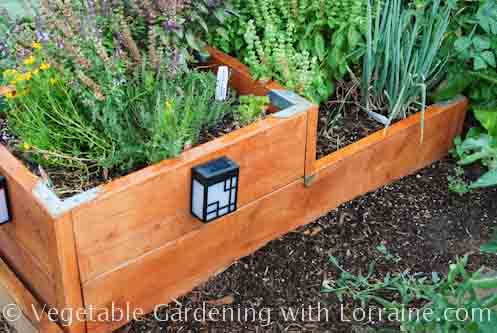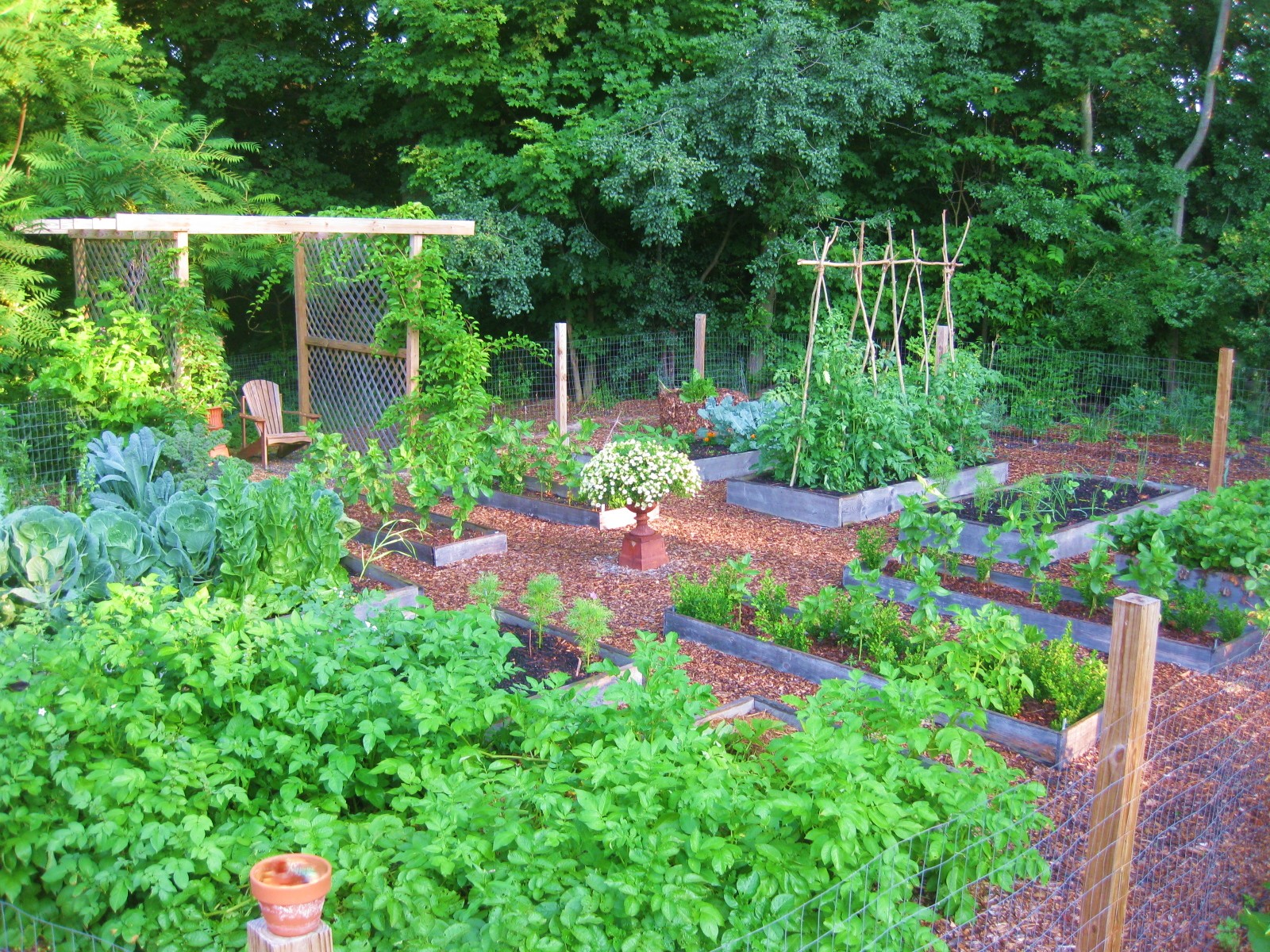
Once you have decided on a keyhole garden design, the first stage is to mark out your design on the ground.Ī typical, circular keyhole bed layout that works well involves making a circle around 2m in diameter. Marking Out Your Keyhole Garden Design Image Credit: Kathi Linz Flickr Think about the climate and micro-climate conditions and the structures of your site when deciding on shape, size and exact positioning. Keyhole beds could also be designed to allow for a larger central space, which could be used as a seating area, for example.Ī keyhole garden should always be designed with reference to your own particular garden. It is important to consider the size and shape of the bed you will build.Įarly in the design process, you will need to decide whether the keyhole shapes will be for access only, or whether your keyhole garden will have a central compost bin. The first stage in creating a keyhole garden is determining details of the design. Image Credit: K Latham Flickr Keyhole Garden Design By making gardens with more intricate, complex and organic shapes, you can create an aesthetically pleasing garden design. One final thing to think about is that keyhole gardens can be beautiful spaces as well as productive ones. Though it can also be beneficial in areas with higher rainfall, where soil fertility on site may be less than optimal. This type of keyhole bed is particularly suited to arid climate zones, where water is in short supply. Since water is also added through the central composting area, one of these beds can also reduce the water use in a garden. In keyhole beds that incorporate a composting area at their heart, yield is also increased by the high-fertility provided by the compostable materials added at the centre. So planning beds to maximise edge is a key concept in permaculture design. Edges are the most productive parts of any ecosystem. The shape of a keyhole garden also potentially maximises yield by increasing the amount of edge. An example keyhole garden shape with a composting basket in the center. When it comes to the shape of the bed around this keyhole, there are no restrictions.Īt their simplest, keyhole gardens are simply raised beds with an access path leading to a space to stand in at their heart.īut many keyhole gardens also include a central composting area and watering point in the middle. The name comes from the idea that an access path to the heart of the bed looks a little like a keyhole when viewed from above. Keyhole gardens can come in a range of shapes, sizes, and depths, though commonly they have circular or curving forms. An example of a stone built keyhole garden with central composting basketĪ keyhole garden is a large, raised garden bed. What is a Keyhole Garden? Image credit: kikuyumoja Flickr.


It can be especially useful in areas where water and nutrients are in short supply, but it is an idea that can be applied in almost any climate zone. Image Credit: K Latham Flickr and Julia Gregory FlickrĪ keyhole bed can be a great way to maximise space and productivity in an organic garden.Ī keyhole garden is a type of garden bed commonly utilised in permaculture design.


 0 kommentar(er)
0 kommentar(er)
